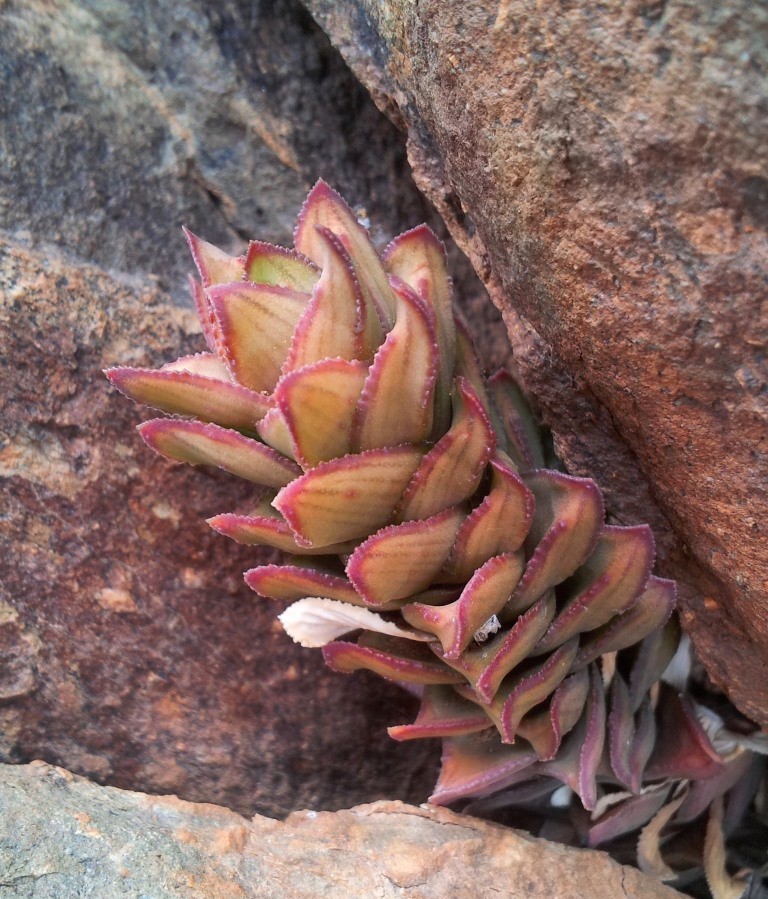|
Astroloba Pentagona
''Astroloba pentagona'' (="hallii" nom. nud.) is a small succulent plant of the genus ''Astroloba'', restricted to an area of the western section of the Little Karoo, South Africa South Africa, officially the Republic of South Africa (RSA), is the southernmost country in Africa. It is bounded to the south by of coastline that stretch along the South Atlantic and Indian Oceans; to the north by the neighbouring countri .... Description This plant resembles a lower, more robust variety of ''A.bullulata''. Its lighter green leaves are thinner than those of ''bullulata'', and have dark longitudinal lines on the leaf undersides. Some specimens also have inconspicuous pale spots, which tend to form in longitudinal rows on the leaves. The leaves densely cover the stems which reach a height of 15 cm. The flowers (November to May) are lighter than those of ''bullulata''. It occurs south and east of Laingsburg, on rocky ridges in shale soils. This species is sometimes referr ... [...More Info...] [...Related Items...] OR: [Wikipedia] [Google] [Baidu] |
Succulent Plant
In botany, succulent plants, also known as succulents, are plants with parts that are thickened, fleshy, and engorged, usually to retain water in arid climates or soil conditions. The word ''succulent'' comes from the Latin word ''sucus'', meaning "juice" or "sap". Succulent plants may store water in various structures, such as leaf, leaves and Plant stem, stems. The water content of some succulent organs can get up to 90–95%, such as ''Glottiphyllum semicyllindricum'' and ''Mesembryanthemum barkleyii''. Some definitions also include roots, thus geophytes that survive unfavorable periods by dying back to underground storage organs may be regarded as succulents. The habitats of these water-preserving plants are often in areas with high temperatures and low rainfall, such as deserts, but succulents may be found even in Alpine climate, alpine ecosystems growing in rocky soil. Succulents are characterized by their ability to thrive on limited water sources, such as mist and dew, ... [...More Info...] [...Related Items...] OR: [Wikipedia] [Google] [Baidu] |
Astroloba
''Astroloba'' is a genus of flowering plants in the family Asphodelaceae, subfamily Asphodeloideae,Stevens, P.F. (2001 onwards)"Asphodeloideae" ''Angiosperm Phylogeny Website'', retrieved 2016-06-10 native to the Cape Province of South Africa. Naming The name of the genus is derived from the Greek words ''astros'', star, and ''lobos'', lobe, and refers to the starlike shape of the petals, which appear at the end of the tube-like flowers. Description They are very closely related to the genus ''Haworthia'', but are distinguished by their flowers being regular and not double-tipped. The flowers are small and white, and appear clustered on slender racemes., p. 17 They bear very regular, sharp, triangular, succulent leaves along their symmetrical columnar stems. The leaves are in a number of distinctive spiral arrangements. They are slow growing, multi-stemmed, and their longer stems tend to sprawl in their rocky natural habitat. Within the genus, various subgroupings can be r ... [...More Info...] [...Related Items...] OR: [Wikipedia] [Google] [Baidu] |
Little Karoo
The Karoo ( ; from the Afrikaans borrowing of the South Khoekhoe !Orakobab or Khoemana word ''ǃ’Aukarob'' "Hardveld") is a semi-desert natural region of South Africa. No exact definition of what constitutes the Karoo is available, so its extent is also not precisely defined. The Karoo is partly defined by its topography, geology and climate, and above all, its low rainfall, arid air, cloudless skies, and extremes of heat and cold.Potgieter, D.J. & du Plessis, T.C. (1972) ''Standard Encyclopaedia of Southern Africa''. Vol. 6. pp. 306–307. Nasou, Cape Town.''Reader’s Digest Illustrated Guide to Southern Africa''. (5th Ed. 1993). pp. 78–89. Reader’s Digest Association of South Africa Pty. Ltd., Cape Town. The Karoo also hosted a well-preserved ecosystem hundreds of million years ago which is now represented by many fossils. The ǃ’Aukarob formed an almost impenetrable barrier to the interior from Cape Town, and the early adventurers, explorers, hunters, and travelers o ... [...More Info...] [...Related Items...] OR: [Wikipedia] [Google] [Baidu] |
South Africa
South Africa, officially the Republic of South Africa (RSA), is the southernmost country in Africa. It is bounded to the south by of coastline that stretch along the South Atlantic and Indian Oceans; to the north by the neighbouring countries of Namibia, Botswana, and Zimbabwe; and to the east and northeast by Mozambique and Eswatini. It also completely enclaves the country Lesotho. It is the southernmost country on the mainland of the Old World, and the second-most populous country located entirely south of the equator, after Tanzania. South Africa is a biodiversity hotspot, with unique biomes, plant and animal life. With over 60 million people, the country is the world's 24th-most populous nation and covers an area of . South Africa has three capital cities, with the executive, judicial and legislative branches of government based in Pretoria, Bloemfontein, and Cape Town respectively. The largest city is Johannesburg. About 80% of the population are Black South Afri ... [...More Info...] [...Related Items...] OR: [Wikipedia] [Google] [Baidu] |
Astroloba Pentagona - North Rooinek 2
''Astroloba'' is a genus of flowering plants in the family Asphodelaceae, subfamily Asphodeloideae,Stevens, P.F. (2001 onwards)"Asphodeloideae" ''Angiosperm Phylogeny Website'', retrieved 2016-06-10 native to the Cape Province of South Africa. Naming The name of the genus is derived from the Greek words ''astros'', star, and ''lobos'', lobe, and refers to the starlike shape of the petals, which appear at the end of the tube-like flowers. Description They are very closely related to the genus ''Haworthia'', but are distinguished by their flowers being regular and not double-tipped. The flowers are small and white, and appear clustered on slender racemes., p. 17 They bear very regular, sharp, triangular, succulent leaves along their symmetrical columnar stems. The leaves are in a number of distinctive spiral arrangements. They are slow growing, multi-stemmed, and their longer stems tend to sprawl in their rocky natural habitat. Within the genus, various subgroupings can be re ... [...More Info...] [...Related Items...] OR: [Wikipedia] [Google] [Baidu] |



